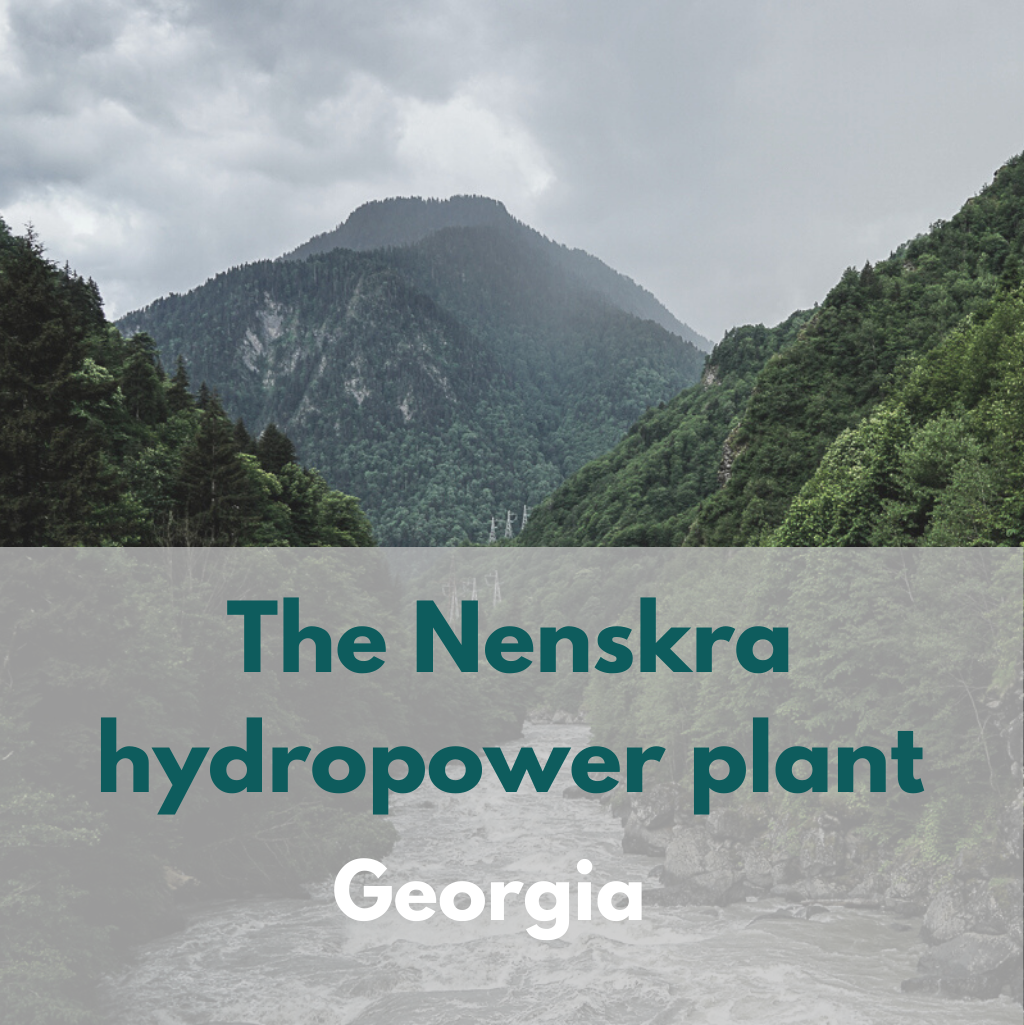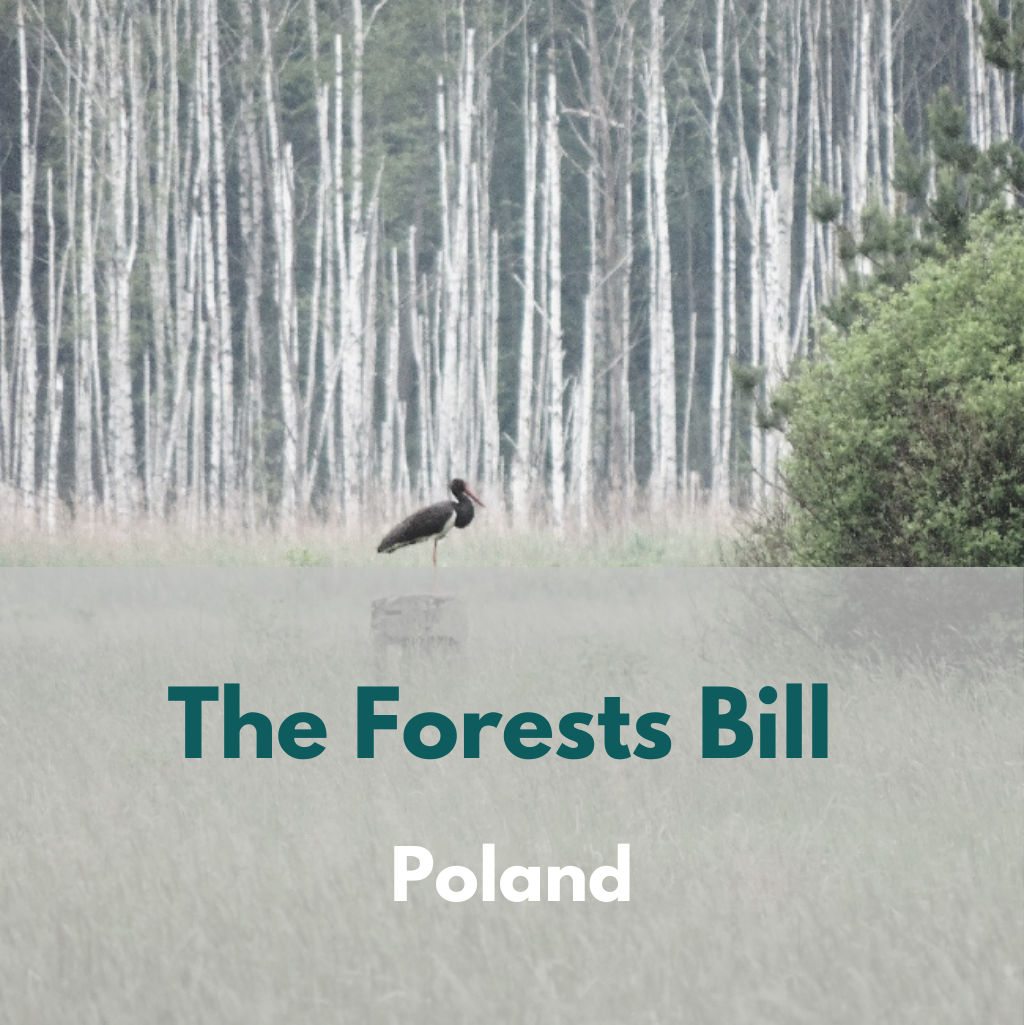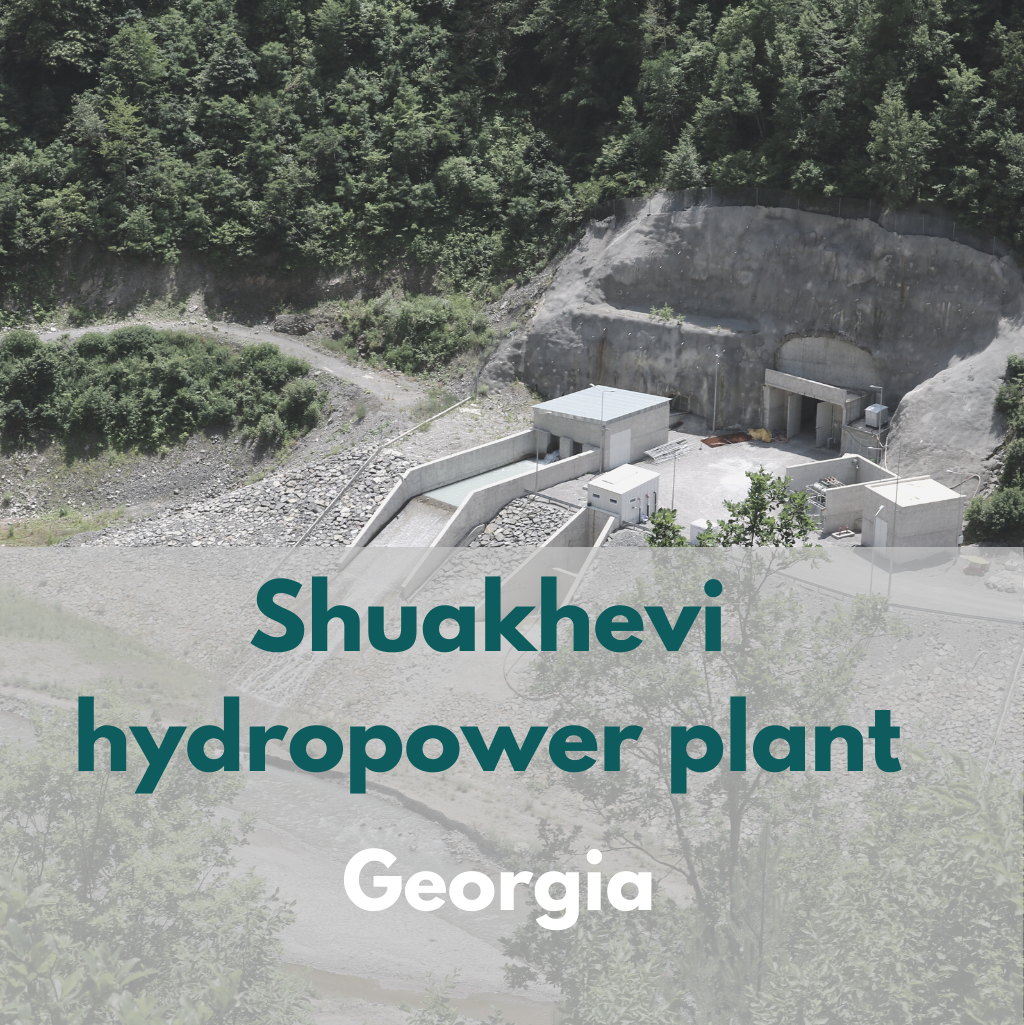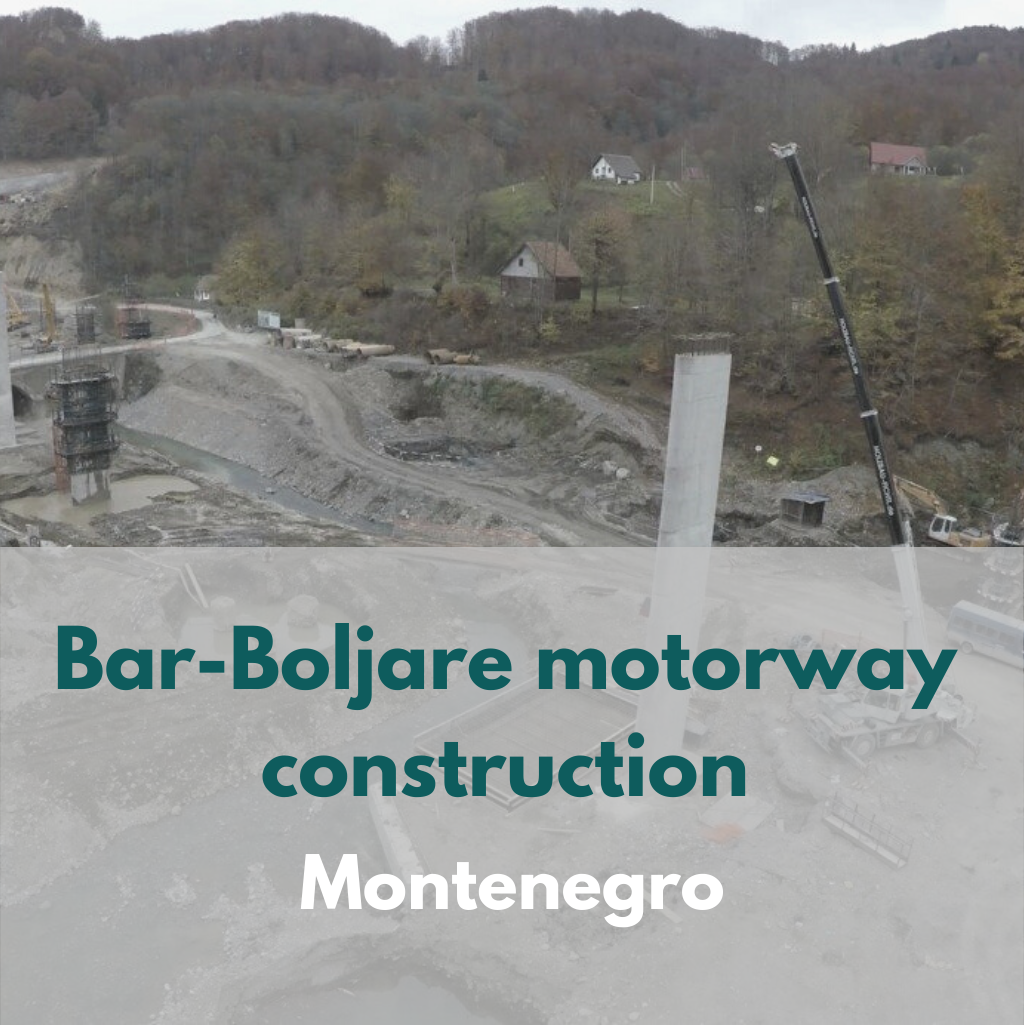Buk Bijela/Upper Drina hydropower plants
Country: Bosnia and Herzegovina
The river Drina is formed by the confluence of the Montenegrin rivers Tara and Piva at the border with Bosnia and Herzegovina (BiH). The 93 MW Buk Bijela hydropower plant is planned within Bosnia and Herzegovina, with its reservoir stretching upstream to the Montenegrin border.
Buk Bijela is being pushed by state-owned company Elektroprivreda Republike Srpske (ERS), and a memorandum on construction of the project was signed with China National Aero-Technology International Engineering Corporation (AVIC-ENG) in July 2017.
A larger version of the Buk Bijela project has been disputed since the 1970s due to its impacts on the protected Tara canyon in Montenegro, which is both a UNESCO World Heritage site and part of the Durmitor National Park.
The newer version, while smaller, also suffers from a number of issues inherent to the location of the planned plant, as well as cumulative impacts with the planned Foča, Sutjeska and Paunci hydropower plants.


The river Drina constitutes the most significant habitat for the endangered Danube Salmon (Hucho hucho) in terms of habitat length. Over the last 100 years Hucho hucho has undergone a massive decline. It is now found only in a few of southeast Europe’s cleanest rivers.
This fish is highly sensitive to low oxygen and moderate levels of pollution and is a good indicator for river health. This means that it cannot flourish in areas with hydropower plants. In fact, the IUCN assesses that the main current threat to the species is the flow regulation from hydropower dams which impact the species, and their prey, habitat and pollution.
Hucho hucho is protected under Annex III of the Bern Convention and Annex II of the European Union Habitats Directive as a species of community interest whose conservation requires the designation of special areas of conservation.
This means that, if the river was in the EU, the stretches of importance for the Danube Salmon, including the upper Drina, would almost certainly be in the Natura 2000 network of protected areas. The EU Water Framework Directive would also ensure protection against impairing the Drina’s water quality. At the moment, though, it is not even a nominated candidate Emerald Site.
In May 2019, a successful legal challenge by the Aarhus Center Sarajevo led to the project’s environmental permit being cancelled. In December 2019, however, a new permit was issued, relying on a poor quality environmental assessment from 2012. This too is now being challenged in court by the Aarhus Center Sarajevo. Meanwhile, the Drina’s future hangs in the balance.








